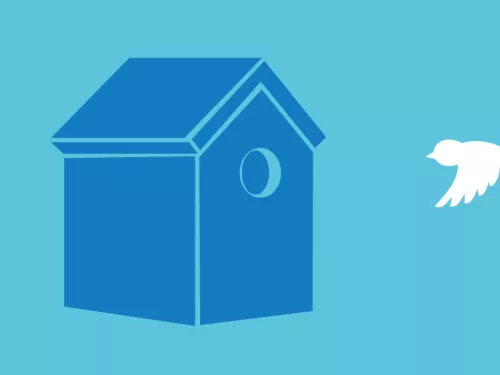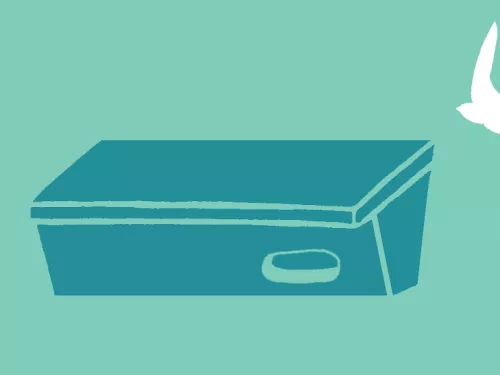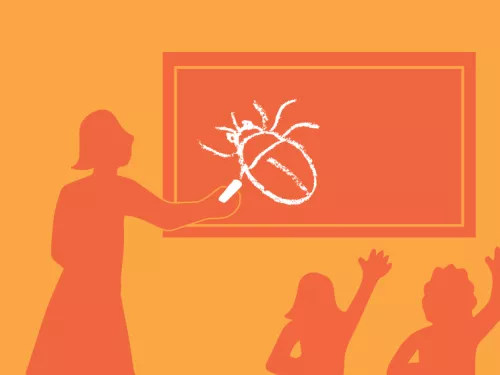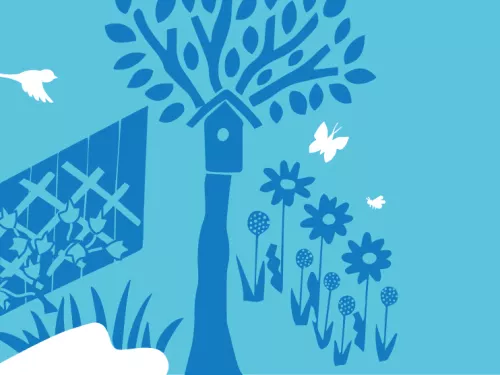
How to clean nestboxes and bird feeders
Nestboxes can harbour parasites so it is good practice to take them down at the end of the season and give them a clean. Likewise it is important to keep bird feeders clean to stop the spread of diseases.

Find out how to attract birds into your garden all year round.
Attracting birds to your garden is easy: supplement naturally available food with bird food, and watch them flock in! Remember to keep feeders and tables clean, so the birds stay healthy and disease-free, and position your feeders in a relatively open area away from predators - the birds will feel safer and visit more!
Make sure food is available at all times as birds have different needs throughout the year, such as feeding young
Get started with our instructions below!
Remember!
Water is as important as food to most garden birds, and not just for drinking but bathing as well. So put out a bird bath along with your feeders, and always ensure the water is kept clean.


Nestboxes can harbour parasites so it is good practice to take them down at the end of the season and give them a clean. Likewise it is important to keep bird feeders clean to stop the spread of diseases.

Swifts like to leave their nests by dropping into the air from the entrance. This is why they often choose to set up camp in the eaves of buildings. If you have a wall that's at least five metres tall, with a clear flyway in front, then installing a swift…

The colder months can be a tough time for wildlife, food is scarce and hibernators are looking for shelter. That's why we’ve put together our top tips for maintaining your garden for wildlife in autumn and winter. Spoiler – some of our tips can be done…

Whether feeding the birds, or sowing a wildflower patch, setting up wildlife areas in your school makes for happier, healthier and more creative children.

Attracting wildlife to your work will help improve their environment – and yours!

Use the blank canvas of your garden to make a home for wildlife.